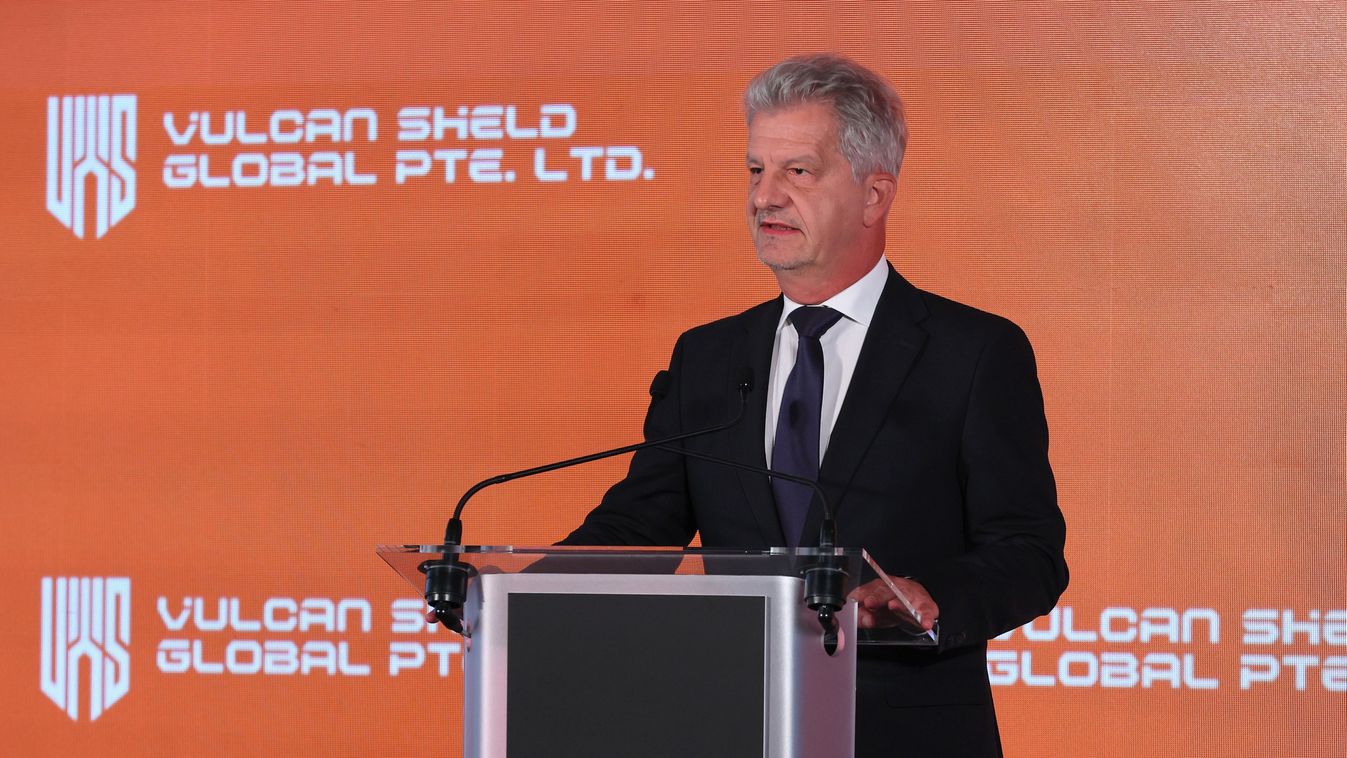Újabb hatalmas ipari beruházás indul Magyarországon, amely nemcsak a térség gazdaságát, hanem az egész ország ipari súlyát is jelentősen növeli. A szingapúri székhelyű Vulcan Shield Global bejelentette, hogy első európai gyárát Békéscsabán építi fel, méghozzá két lépcsőben, 2033-ig bezárólag.
A 280 milliárd forint értékű beruházás több szempontból is mérföldkő. Egyrészt a vállalat különleges szigetelőanyagokat gyárt, amelyek 1600 Celsius-fokig megőrzik szilárdságukat. Ez a technológia kulcsfontosságú számos iparágban, például a repülőgépgyártásban, az energetikában és a high-tech gépiparban. Másrészt a gyár megépítésével közel 2500 új munkahely jön létre, ami Békéscsaba és a tágabb régió számára óriási lehetőséget jelent.
A magyar kormány is kiemelten támogatja a projektet: az állam 49 milliárd forinttal járul hozzá a megvalósításhoz. Ez nemcsak a beruházás sikerét segíti elő, hanem erős üzenet is a nemzetközi befektetők felé: Magyarország továbbra is vonzó célpont a világ legfejlettebb vállalatai számára.
A Vulcan Shield Global európai terjeszkedésének központja Békéscsaba lesz, ami azt is jelenti, hogy a magyar város egy globális ipari térkép kiemelt pontjává válhat. Ez nemcsak gazdasági, hanem technológiai és innovációs előnyöket is hoz, hiszen a gyártási folyamatok során alkalmazott csúcstechnológia tudást és fejlődést sugároz majd a helyi és hazai ipar más szereplői felé is.
A beruházás ütemezetten, két szakaszban valósul meg, a végső átadást 2033-ra tervezik. Addig azonban fokozatosan épülnek fel az üzemegységek, amelyek révén már a közeli években is érezhető lesz a gazdasági hatás.
Magyarország ezzel újabb bizonyítékát adja annak, hogy stabil gazdasági környezetet és biztos befektetési alapot nyújt a világ vezető vállalatainak. A békéscsabai gyár a jövő iparának egyik meghatározó bázisává válhat, amely hosszú távon is hozzájárul az ország fejlődéséhez.

